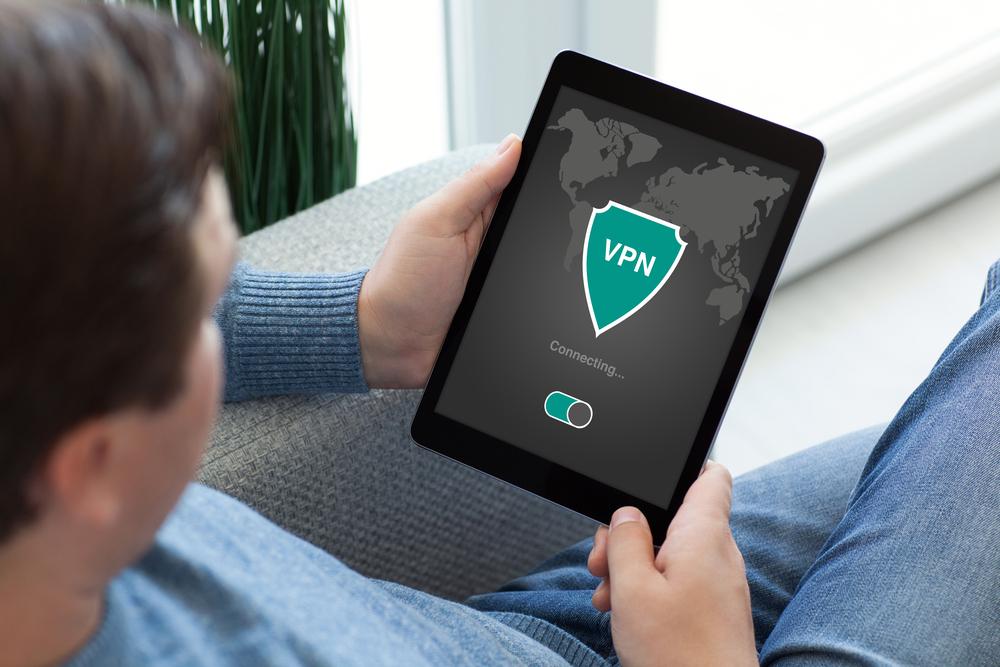Modern Cybersecurity with Zero Trust Architecture
Discover how Zero Trust architecture revolutionizes cybersecurity by eliminating implicit trust, enforcing strict access controls, and continuously monitoring network activity. Implementing this model enhances security, minimizes breach risks, and ensures regulatory compliance. The article outlines core principles, deployment strategies, key solutions, and best practices for organizations seeking to strengthen their digital defenses. Embrace Zero Trust for scalable, adaptable protection in an evolving cyber landscape.

Understanding Zero Trust Security: A Modern Cyber Defense Strategy
With cyber threats becoming more sophisticated and networks more complex, traditional security approaches are proving inadequate. Zero Trust security flips the script by assuming no user or device should be trusted by default, regardless of location. This article explores the fundamental principles, deployment methods, and advantages of Zero Trust, offering a solid foundation for keeping digital assets safe in today's environment.
Defining Zero Trust Security
Zero Trust security is a cybersecurity framework that requires continuous validation of all access requests. It dismisses the trust assumption, enforcing strict controls for both internal and external users, thereby strengthening defense against breaches and unauthorized access.
Main Principles of Zero Trust
Explicit Verification: Consistently verify every access request based on multiple data points like user identity, device health, location, and service demands.
Minimal Privileges: Limit user permissions to only what is necessary for their roles, reducing the risk if credentials are compromised.
Assume Breach: Operate under the assumption that breaches can occur, deploying proactive monitoring and rapid response capabilities.
How to Implement Zero Trust Security
1. Robust Identity Management:
Deploy comprehensive identity solutions like Multi-Factor Authentication (MFA) and Single Sign-On (SSO) to accurately verify users and control access levels.
2. Network Segmentation:
Divide the network into segments to contain threats. Micro-segmentation further isolates sensitive areas, limiting breach impact even if an attacker infiltrates a segment.
3. Continuous Surveillance and Logging:
Utilize advanced monitoring tools to track user activity and network behavior constantly. Automated logs help trace suspicious activities quickly and efficiently.
4. Data Encryption:
Encrypt data both at rest and during transmission with protocols like TLS and IPsec to safeguard sensitive information from interception or tampering.
5. Dynamic Security Policies:
Implement adaptable security policies that respond to changing circumstances such as location, device health, and user behavior.
6. Security-Integrated Development:
Embed security practices within DevOps workflows, fostering a culture of 'DevSecOps' for proactive security throughout development cycles.
7. Endpoint Security Measures:
Protect all endpoints—mobiles, laptops, servers—with endpoint detection and response (EDR) tools to prevent malware and unauthorized access.
Advantages of Zero Trust Framework
1. Stronger Security Posture:
Zero Trust enhances security by constantly validating access and reducing attack surfaces across the network.
2. Reduced Breach Risks:
Assuming threats are everywhere and enforcing strict controls helps minimize breach probabilities and impacts.
3. Regulatory Compliance:
Adopting Zero Trust supports meeting standards such as GDPR, HIPAA, and CCPA, ensuring regulatory alignment.
4. Scalability and Agility:
Zero Trust architectures are adaptable, allowing organizations to grow and modify security as needed.
5. Accountability and Transparency:
With detailed monitoring, organizations can track user activities meticulously, fostering accountability and deterring malicious behavior.
Leading Zero Trust Solutions in the Market
Review of top market offerings:
Palo Alto Networks Prisma Access: An all-in-one platform offering identity management, real-time monitoring, and endpoint protection. Suitable for large enterprises due to its high integration and flexible policies.
Cisco Zero Trust: Provides extensive security features such as network segmentation and encryption, with strong support capabilities.
Microsoft Azure AD: Combines identity verification, continuous monitoring, and encryption, seamlessly integrating with Microsoft environments for scalability.
Okta Zero Trust: Focuses on identity and adaptive policies, ideal for organizations prioritizing user security. However, it offers limited network segmentation and endpoint control.
Zscaler Zero Trust Exchange: Delivers comprehensive security with encryption, monitoring, and excellent integration options suitable for diverse organizations.
Best Practices for Zero Trust Deployment
Incremental Rollout: Begin with critical segments and expand gradually to ensure proper management without disrupting operations.
Stakeholder Engagement: Collaborate with IT, security, and business teams from the start to ensure comprehensive integration.
Regular Audits and Adjustments: Conduct periodic reviews and update policies to adapt to evolving threats and organizational changes.
User Education: Educate staff on Zero Trust principles to foster compliance and awareness.
Automation Utilization: Leverage automation for threat detection, response, and policy enforcement, improving efficiency and response time.
Zero Trust security offers a forward-looking model for protecting modern digital infrastructures. Continuous verification and minimized implicit trust enable organizations to bolster resilience against cyberattacks through careful planning, phased implementation, and ongoing adaptation.









